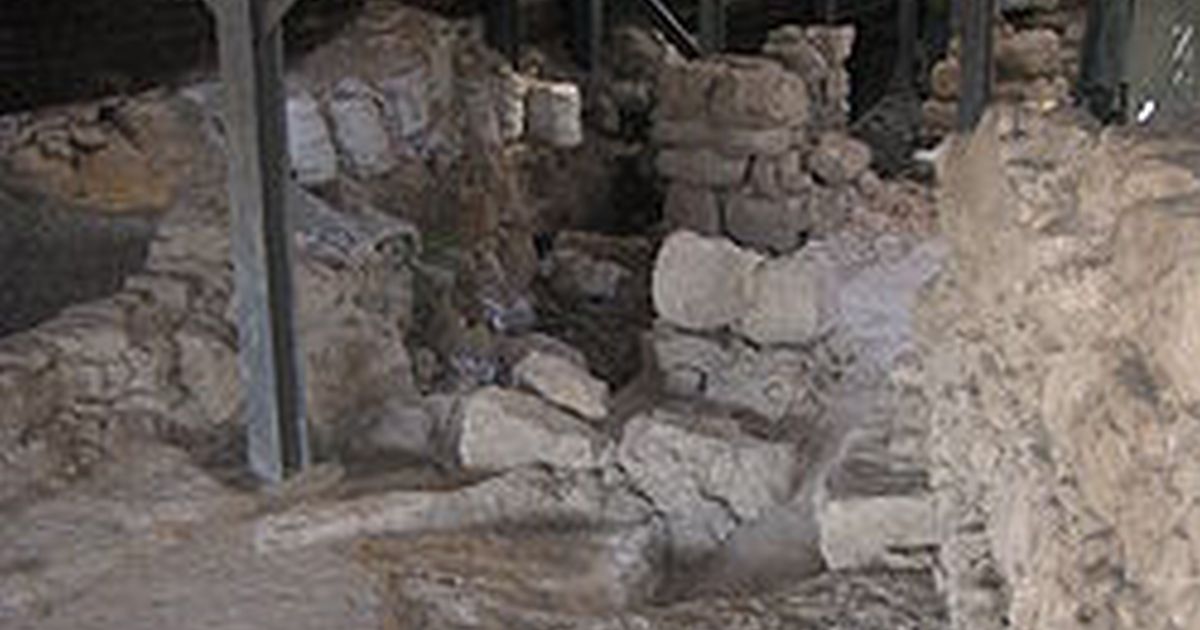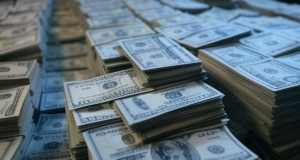“…this house of prayer to YHWH our God, made by the King David so that the king use the other house of prayer located…”
 Jerusalem, October 20 – Excavators working to the south of the Old City have discovered what they believe is the synagogue that the legendary King David built for purposes of not attending, in keeping with what has become common Jewish practice.
Jerusalem, October 20 – Excavators working to the south of the Old City have discovered what they believe is the synagogue that the legendary King David built for purposes of not attending, in keeping with what has become common Jewish practice.
Digging just shy of what some contend is the southern wall of of the royal palace, archaeologists discovered a building with a clearly public scale and purpose. An etched inscription fragment on one of the remaining stones near the main entrance reads, “…this house of prayer to YHWH our God, made by the King David so that the king use the other house of prayer located…” with most of the rest of the text missing. The inscription apparently represents the oldest yet evidence of the phenomenon of every Jew having two houses of worship: the one he attends and the one he pointedly does not.
Archaeologist Eilat Mazar told reporters at the site today that for several months the excavators had assumed the building served a communal, even sacred, purpose, but were reluctant to deem the structure a synagogue per se; the conventional view has synagogues emerging only in the aftermath of the destruction of the First Temple in 586 BCE, whereas King David’s time would have been about four centuries earlier. However, the unequivocal language of the inscription, written in the Paleo-Hebrew alphabet, rather than the Assyrian script later adopted for the language, demonstrates the ancient pedigree both of the synagogue itself and of the time-honored tradition of having a second synagogue with which to disassociate oneself.
It remains unclear who did use the synagogue, but its size and survival attest to its upkeep. Mazar, who tends to interpret findings in the City of David to fit the Biblical account, says the most likely scenario involves the king’s political opponents, such as Shimi Ben Gera, who infamously pronounced a curse on David as the king fled his son Absalom’s rebellion. The tensions between the personalities of Shimi and David serve as a good example of the politics that often lie behind a Jew’s decision not to worship in a particular synagogue, she says.
“I know for example that my own great-grandfather in Hungary specifically engineered a scandal at his shul so he would have one not to go to,” she relates. She added that obviously the find raises the question whether the synagogue King David did attend, hinted at so tantalizingly in the inscription fragment, remains to be discovered.
Other historians are understandably wary of immediately accepting Mazar’s interpretation of the data, but accepted that if it is confirmed, many longstanding assumptions in the Biblical archaeology and Jewish history mainstream would need to be reassessed.
“For one thing,” says historian Alexander Bupkis, “it casts an entirely new light on the Hasidism-Misnagdim and Reform-Orthodox schisms.”




